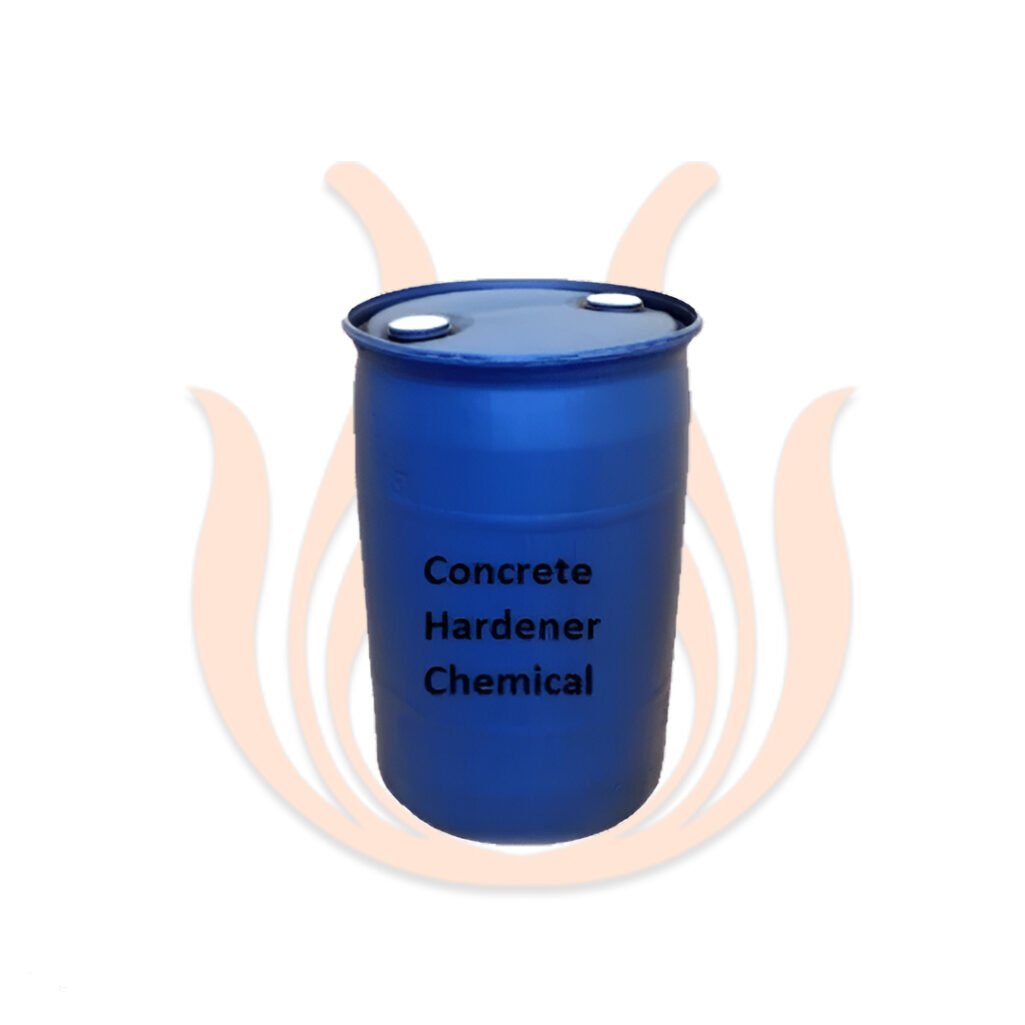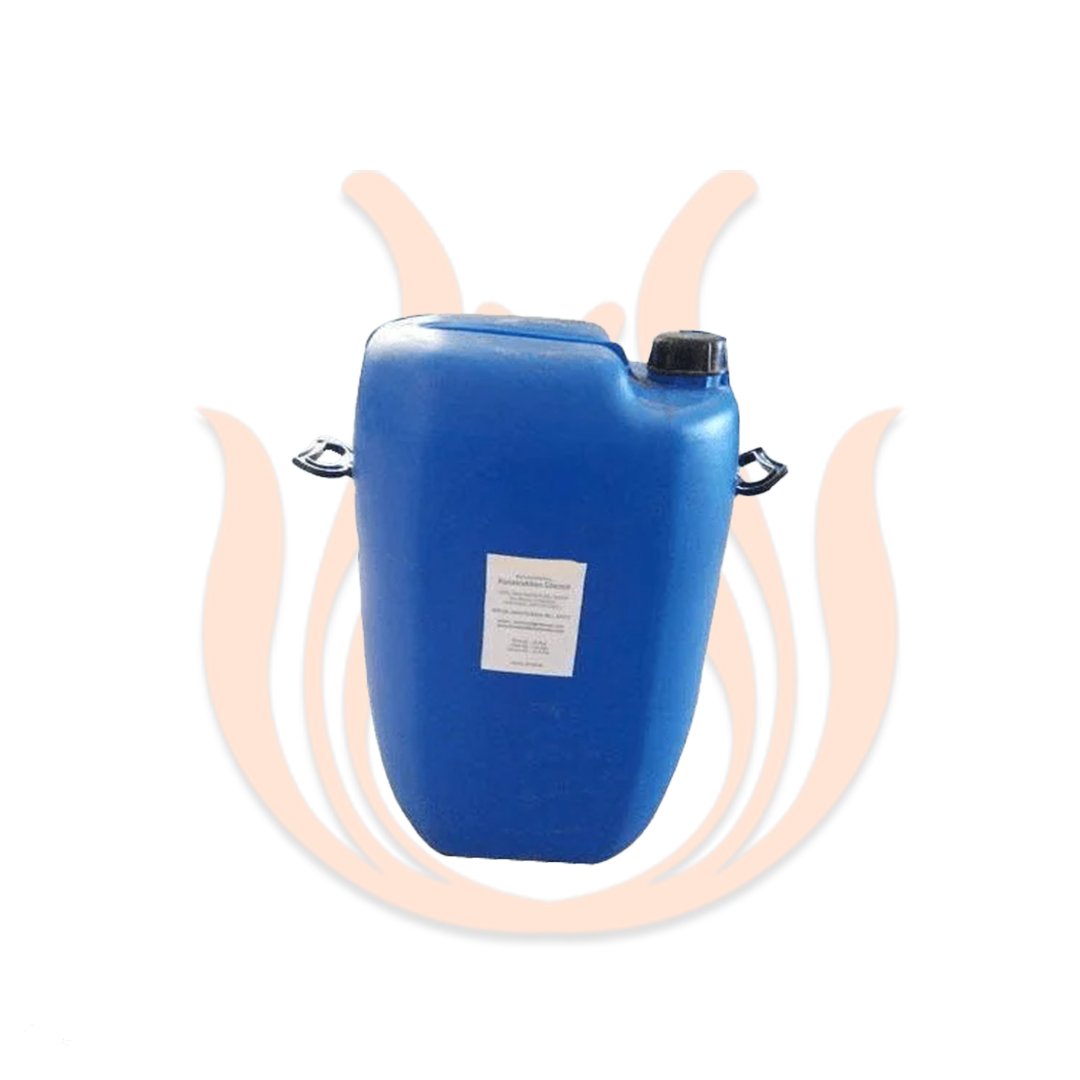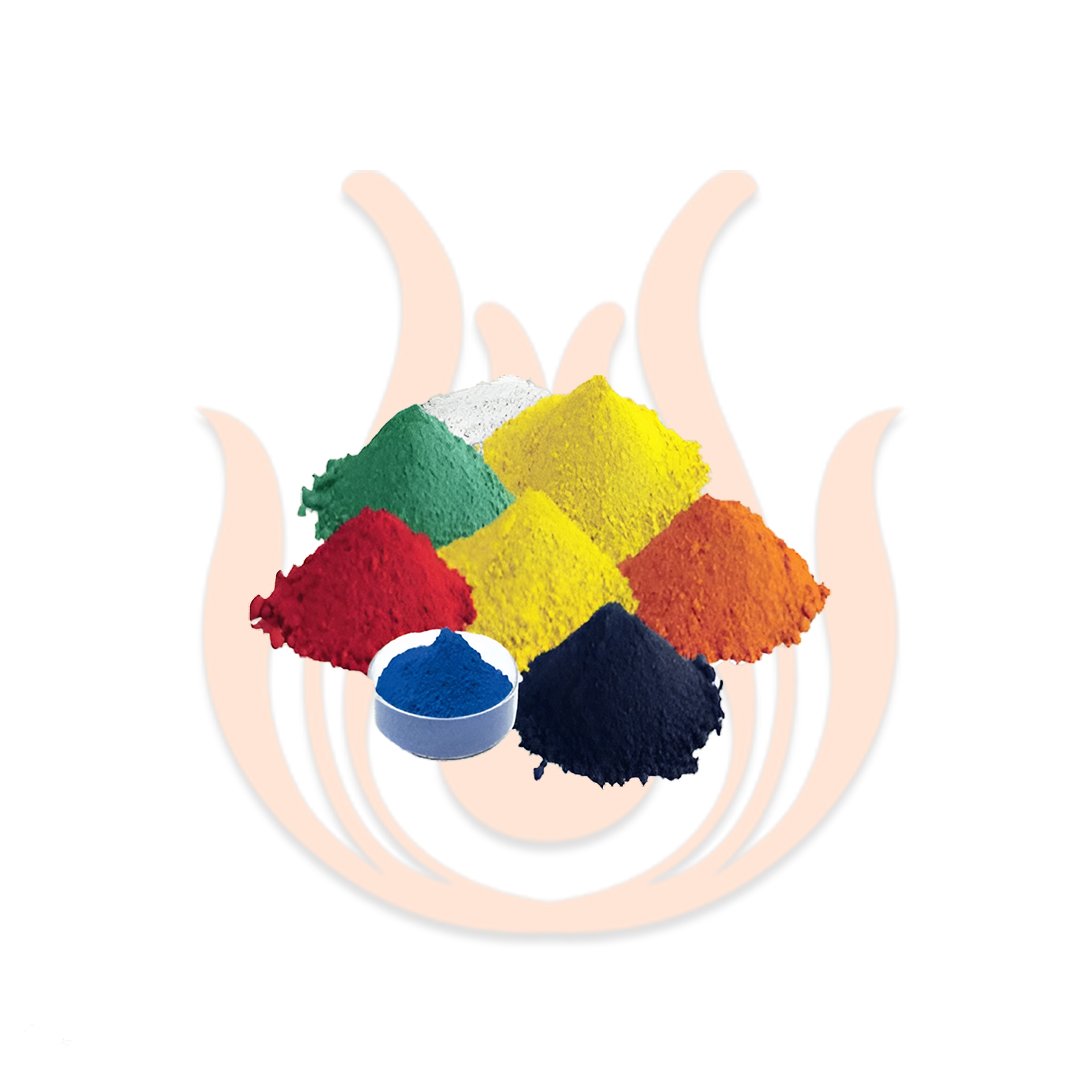Home > Construction Chemicals


CONSTRUCTION CHEMICALS
Construction chemicals are a diverse range of chemical products that are added during the construction process to improve the performance, durability, and quality of construction materials. They play a critical role in enhancing the physical properties of materials like concrete, mortar, and steel, ensuring that structures are more resilient, long-lasting, and able to withstand various environmental and mechanical stresses. These chemicals are used at different stages of construction, from the initial mixing of materials to the final finishing touches, offering solutions for a variety of challenges such as waterproofing, bonding, surface protection, and curing.By incorporating these chemicals, builders can optimize construction efficiency, reduce maintenance costs, and extend the life span of structures, all while improving aesthetics and safety.
Concrete Hardener
- Purpose: Concrete hardeners are used to increase the strength, density, and durability of concrete surfaces. These chemicals penetrate the concrete and react with its components to form stronger bonds, making it resistant to wear, abrasion, and impact.
- Types: There are various types, including surface-applied hardeners and integral hardeners. Surface hardeners are typically applied to freshly laid concrete surfaces, while integral hardeners are mixed with the concrete during the batching process.
- Uses: They are commonly used for flooring in industrial plants, warehouses, garages, and high-traffic areas, as well as in concrete roads, pavements, and bridges.
- Benefits:
- Increases surface hardness.
- Improves abrasion resistance.
- Reduces dusting and maintenance.
- Enhances durability against weather conditions.
2. Lacquers
- Purpose: Lacquers are protective coatings used in construction to improve the appearance and durability of surfaces. They form a thin, hard, glossy film when applied to various materials, such as wood, metal, and concrete. Lacquers are typically used for decorative purposes, as well as to protect surfaces from moisture, dirt, and wear.
- Types: Common types of lacquers include acrylic, polyurethane, and nitrocellulose lacquers. They differ in terms of finish (matte, satin, gloss), chemical composition, and drying time.
- Uses: Lacquers are used on furniture, doors, window frames, and flooring. In construction, they provide an attractive and long-lasting finish to wood and metal elements.
- Benefits:
- Provides a glossy, smooth finish.
- Offers protection against moisture, corrosion, and dirt.
- Enhances the aesthetic appeal of surfaces.
3. Iron Oxide
- Purpose: Iron oxide is a type of pigment used in construction chemicals to impart color to materials like cement, concrete, and paints. It is available in a variety of colors, including red, yellow, and brown, and is used for decorative purposes or to achieve a specific aesthetic.
- Types: Iron oxide pigments are available as both natural and synthetic powders. Natural iron oxide is derived from iron ore, while synthetic iron oxide is produced in controlled conditions.
- Uses: It is commonly used in the production of colored concrete, paving blocks, tiles, and in the preparation of paints and coatings for exterior and interior surfaces.
- Benefits:
- Offers a wide range of color options.
- Provides excellent UV stability and color consistency.
- Non-toxic and environmentally friendly.
- Enhances the aesthetic value of concrete surfaces, walls, and floors.
These construction chemicals are integral to improving the quality, longevity, and visual appeal of construction materials. When combined with the right techniques and application methods, they help ensure the performance and durability of buildings and infrastructure.




